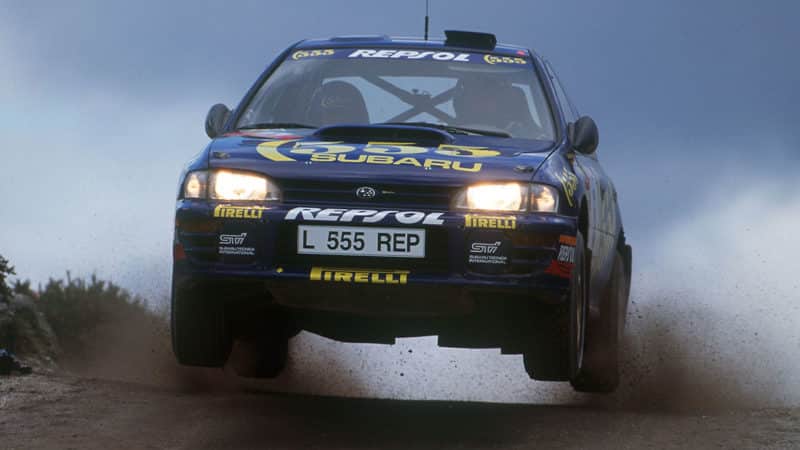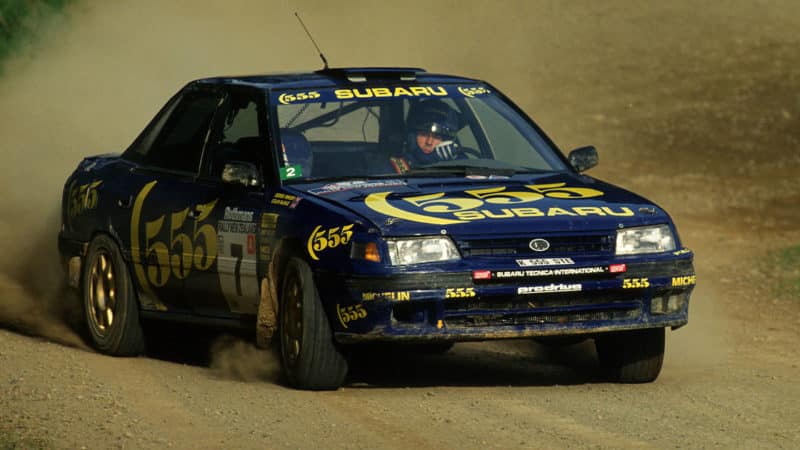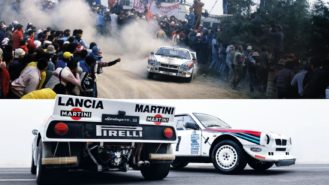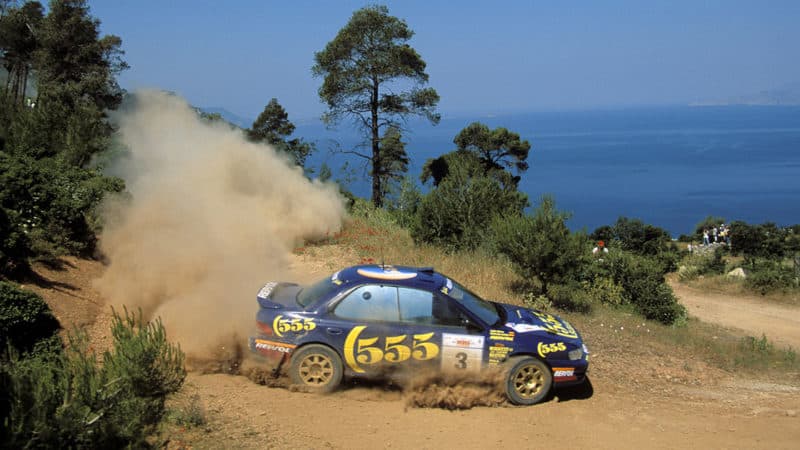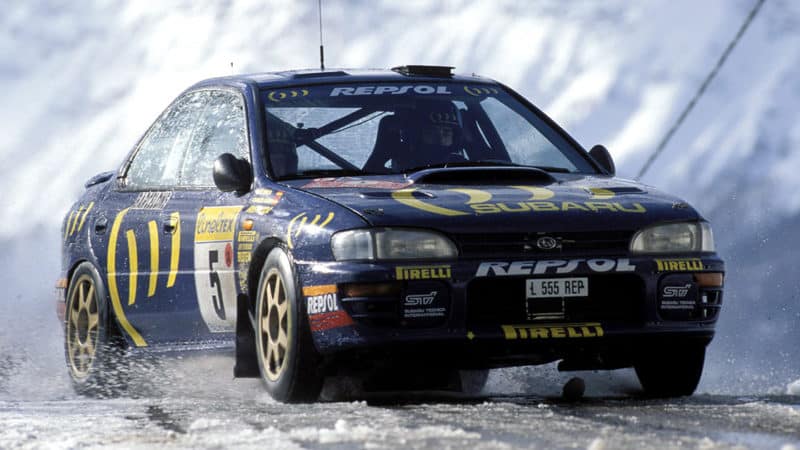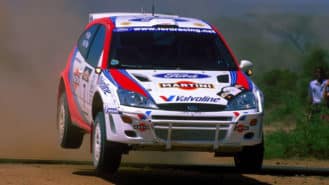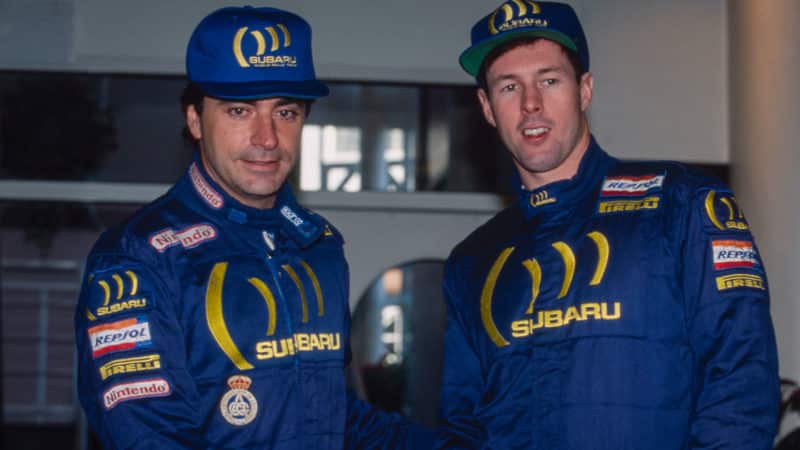“It happened just at the right time, and made it look like a brilliant plan!” laughs Lapworth. “Everyone was happy.”
The stage was now set for the Impreza – looking somewhat the more imposing, bespoke rallying machine than its Legacy predecessor.
A slightly shorter car (160mm) with a 60mm shorter wheel-base, the more lighter and more nimble Impreza made the Legacy look ungainly by comparison.
A car which could run at 360bhp on full boost was the first in the WRC to have active differential, with Prodrive pushing the limit on all fronts.
The highly promising new Impreza almost delivered on its debut, but as Lapworth emphasises, the team knew it had something special as soon as it was was rolled out.
“The Legacy was always a very nice car to drive, but it just didn’t have the agility that an Impreza had,” he says.
“It was clear from the very first test in the Impreza that we had hit a sweet spot – we hadn’t gone from something that was stable and easy to drive to something which was nervous and twitchy.
“When Ari did the first test in Finland, it was miles faster than the Legacy, and he had no reservations about it.
“I drove the car quite a bit myself, just doing the systems checks, and I remember thinking ‘We’re going in the right direction here.’ You could just tell straight away.”
“At one point, we thought we were going to win our first rally”
Vatanen would get behind the wheel for the 1000 Lakes event – now Rally Finland – and was indeed within touching distance of an incredible win on the Impreza’s debut.
“At one point, we thought we were going to win our first rally,” says Lapworth “We were absolutely on the pace.
“We were leading until the end of the penultimate day, when we lost about 20 seconds in foggy, wet conditions, when the screen misted up.
“It was something that we’ve never seen in testing, a result of water spray going on to the intercooler.
